How Pinching Plants Benefits Your Cut Flower Garden
Did you know a simple garden technique can create fuller, bushier plants, more blooms, and longer cut flower stems? It’s called “pinching” cut flower plants. In this post, I will guide you through this process, explain why it’s important, and more.
A cut flower garden is a beautiful way to bring color and life into your outdoor space. The best way to get your flowering plants to produce bigger blooms, and more of them, is to use the technique of pinching.
As a new gardener, I had no clue about a pinching process that would help me grow more productive plants. To say this method was a game changer in my cut flower garden would be a serious understatement. I couldn’t believe the difference in the plant growth and the extra blooms the plants were producing for harvest.
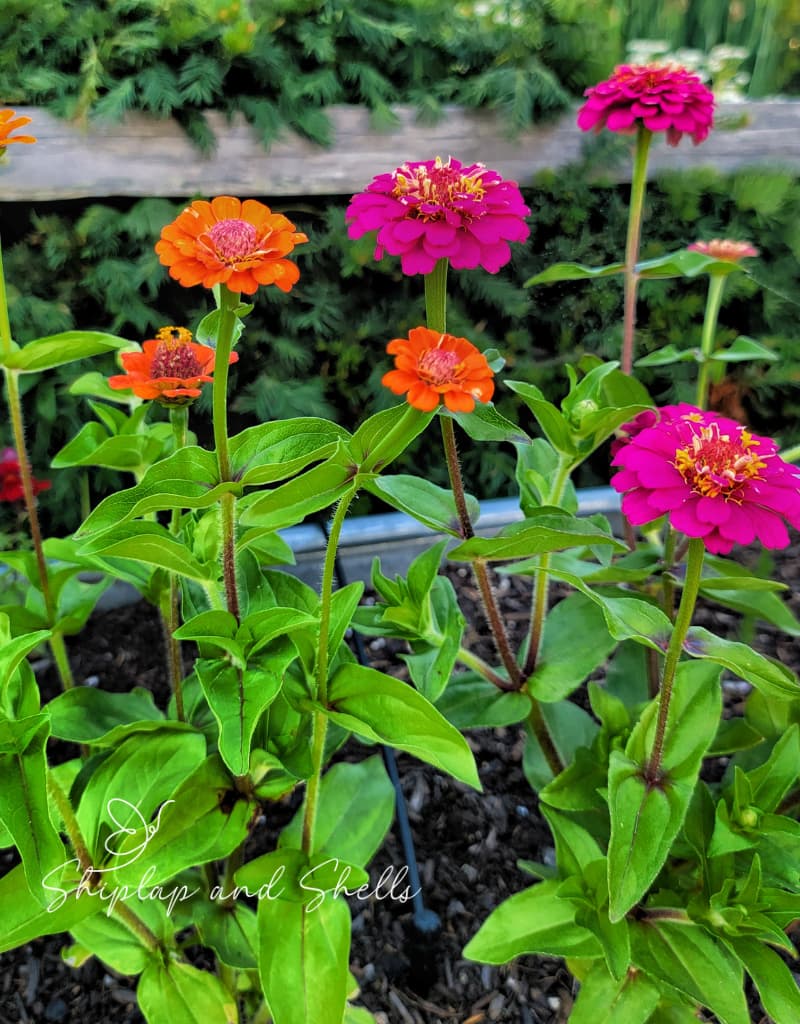
As an Amazon affiliate, I earn from qualifying purchases at no extra cost to you. My blog contains other affiliate links for your convenience as well. Click here to read my privacy policy.
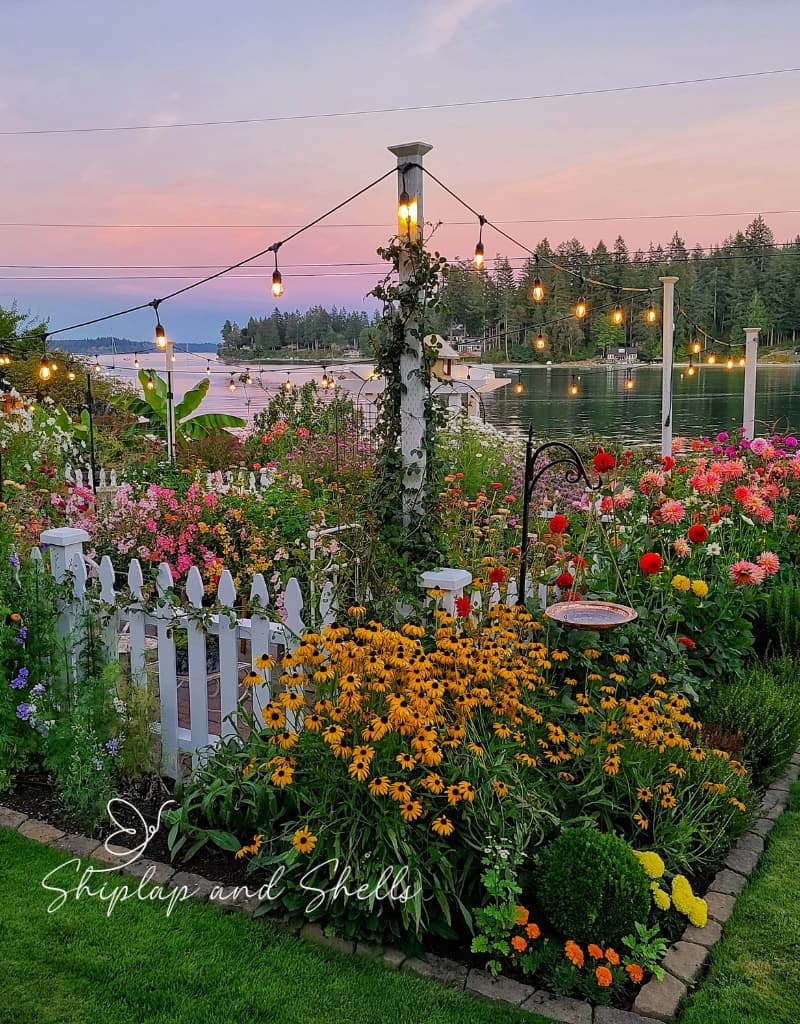
What Does it Mean to Pinch Flowers?
To “pinch flowers” is to remove or cut off the central stem of the plant. This encourages the plant to produce new side branches from the side nodes and produces a bushier plant with more flower production throughout the growing season.
Pinching certain cut flowers is the perfect way to grow fuller plants. That sounds great in theory, right?
But when you’re taking garden pruners to your precious plant that you’ve nurtured and loved, it’s understandable if you start having second thoughts. I was initially uneasy trying this, but now I’m all in!
A pinched plant may have its bloom time delayed, but trust me. You will be much happier with the increase in bloom production and the length of the flower stems.
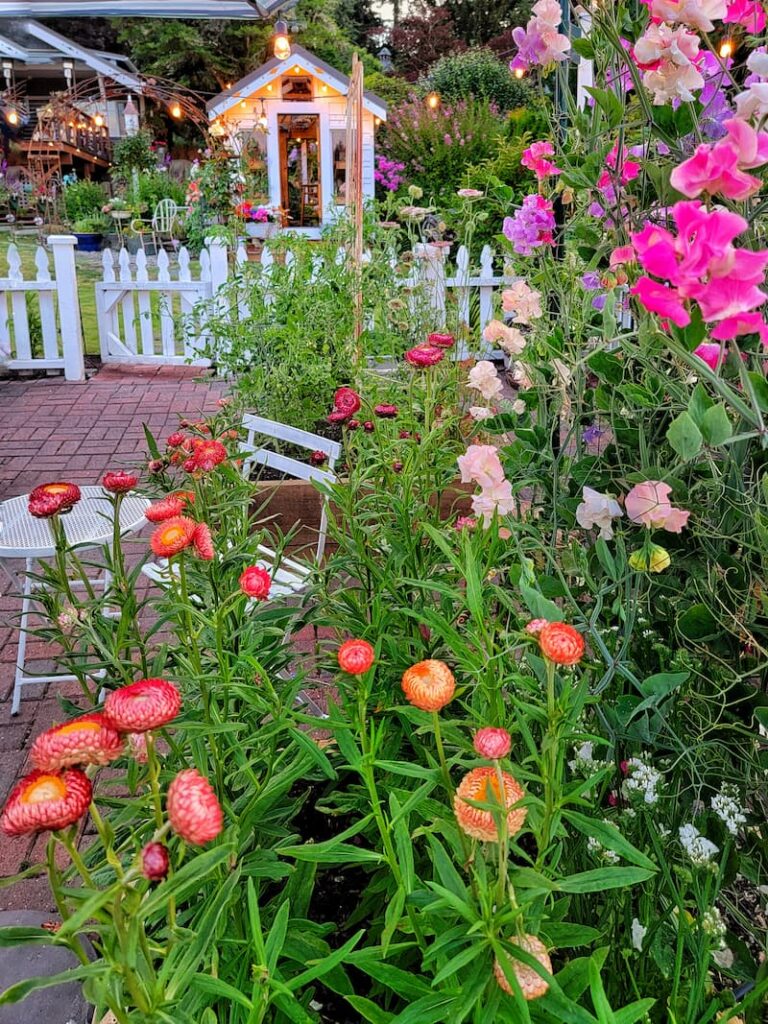
Why Should You Pinch Back Cut Flowers?
One of the primary benefits of pinching cut flowers is that it stimulates new growth. Sniping the young plant’s center tip of new stems triggers the plant to produce new branches from the leaf nodes below the pinch point.
This new growth will result in a bushier plant with more sets of leaves and more sets of true leaves. As a result, the plant will have more energy to produce flowers, resulting in longer stems and more beautiful blooms.
If you don’t pinch back your young flowering plants, your plants could grow only one central flower stem, produce shorter stems overall, and even become sad, spindly plants.
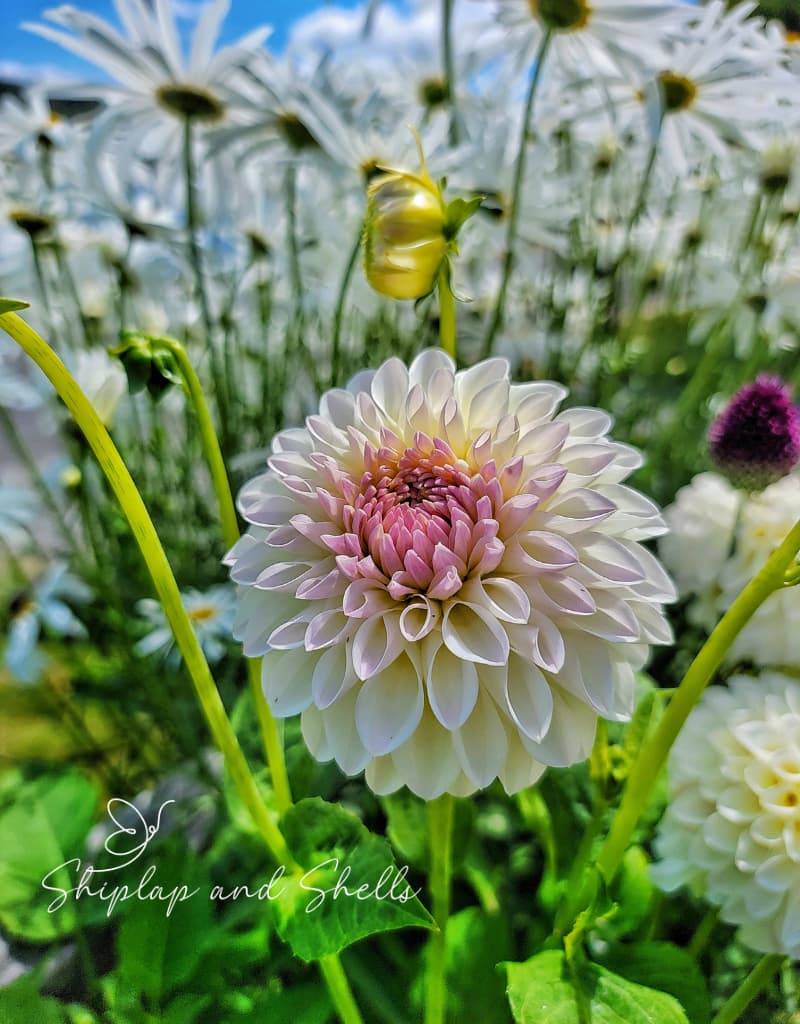
When is the Best Time to Pinch Flowers?
The best time to start pinching your flowers can vary by variety and climate. As a rule of thumb, you should pinch back the young plants when they are 8-12 inches tall and have 3-5 sets of leaves.
Here are some general timing guidelines:
Research the specific needs of your garden plants to determine the best pinching schedule for them.
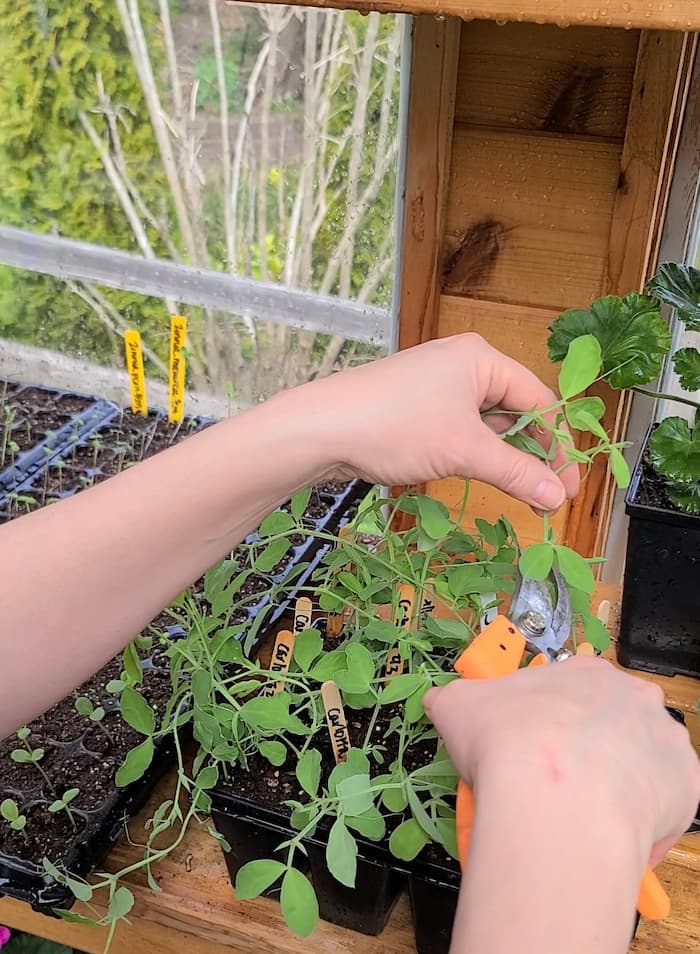
Soft Pinching vs. Hard Pinching for Flower Plants in the Garden
Understanding the differences between soft and hard pinching helps gardeners choose the appropriate method for their gardening needs. Both techniques are important in maintaining healthy and productive garden plants.
Soft Pinch
Soft pinching removes the tips of new growth on plants to encourage bushier growth and more blooms without causing significant stress to the plant. Key aspects of soft pinching include:
Hard Pinch
Hard pinching is a more aggressive technique that involves removing a larger portion of the plant’s stems or growth tips. This method significantly shapes the plant, controls its size, or rejuvenates it for a new growth cycle. Key elements of hard pinching include:
How to Pinch Flowers
Once the cut flower plants reach 8 and 12″ tall, pinch them by snipping out 3 to 5 inches of the growing center stem above a set of leaves, preferably above two or more. Be sure to use clean, sharp garden pruners for clean snips.
This will stimulate new growth from the leaf nodes below the hard pinch point, producing new side shoots and more blooms.
Be sure to remove no more than 50% of the leaves, as the plant needs them for photosynthesis.
Tools Needed for Pinching Flowers
All you need is a pair of scissors, garden snips or garden shears to pinch your cut flowers.
Seed Starting Supplies
Check out my favorite supplies and tools for starting seeds indoors. Whether you’re looking for grow lights or a seed starting mix, you’ll find what I use in my own greenhouse.
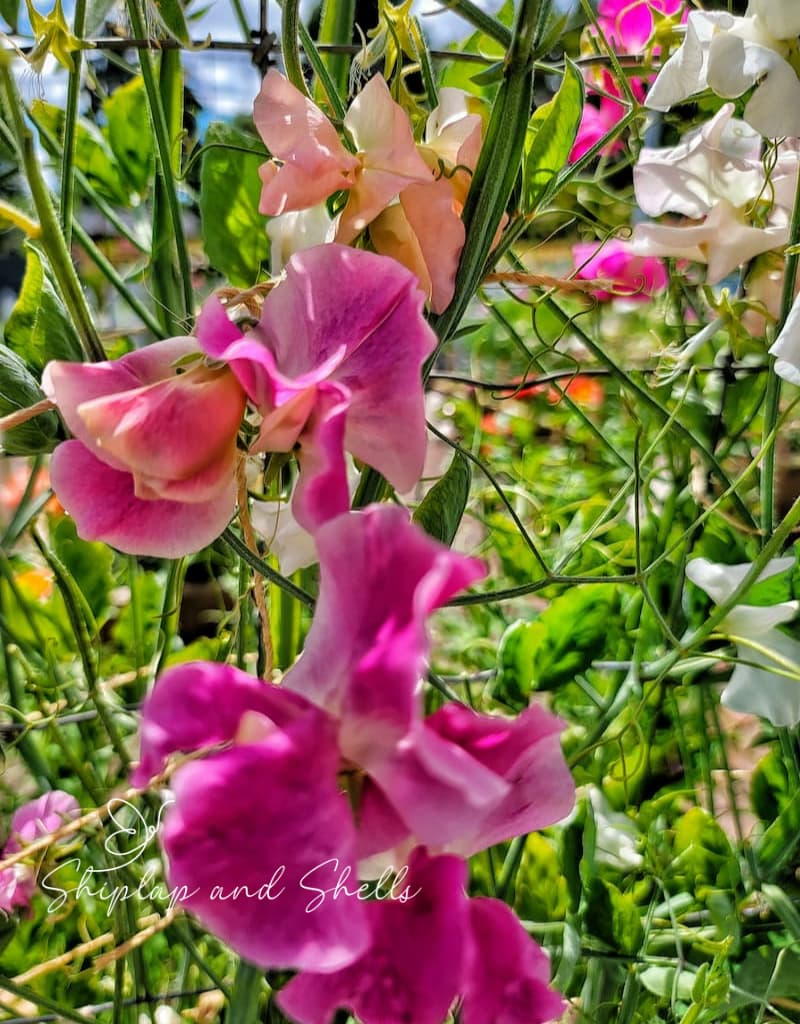
What Cut Flowers Need to Be Pinched?
Pinching cut flowers can benefit many flowering plants, including annuals and perennial flowers like a dahlia flower.
Single Stem Plants
Pinching is especially helpful for those plants with a single main stem, such as sweet peas or perennial geraniums.
These plants tend to naturally focus their energy on growing one tall stem, which can limit the number of flowers they produce. Snipping off the tip of the main stem signals the plant to redirect its energy into creating multiple branches from the base.
Here are examples of single-stem plants that benefit from pinching…
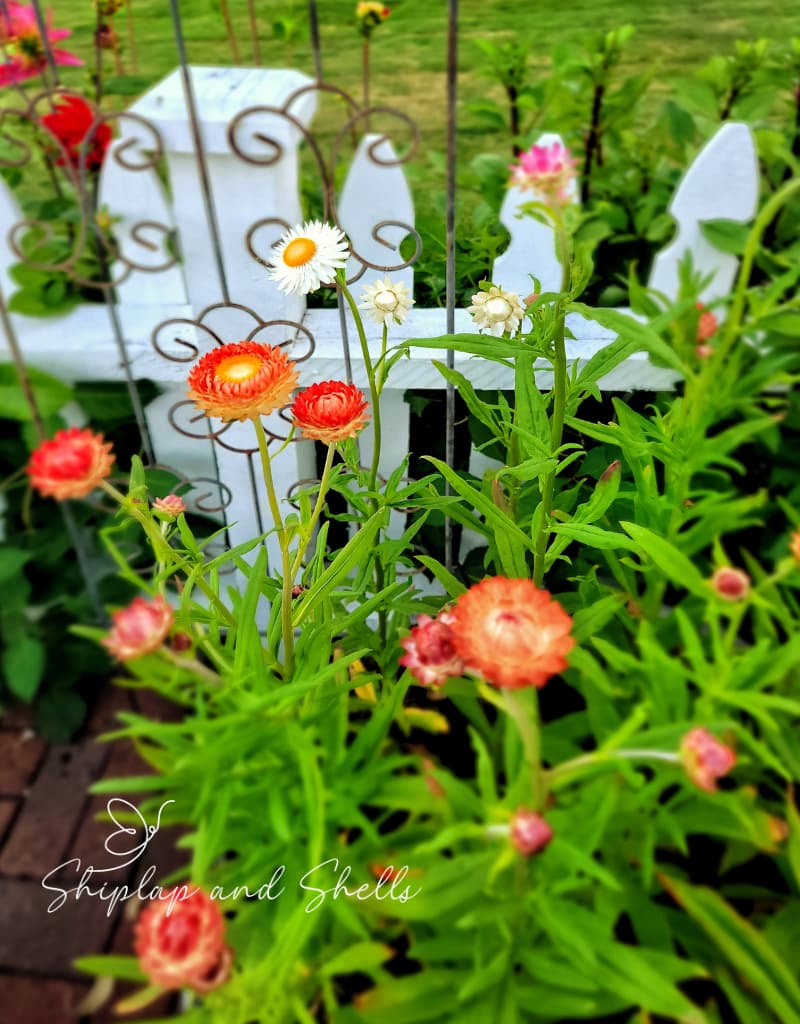
Flowering Annuals with Branching Forms
These flowering annuals typically have a natural tendency to produce a single main stem. Still, by pinching their central growing tips, they can be encouraged to branch out and develop more lateral shoots.
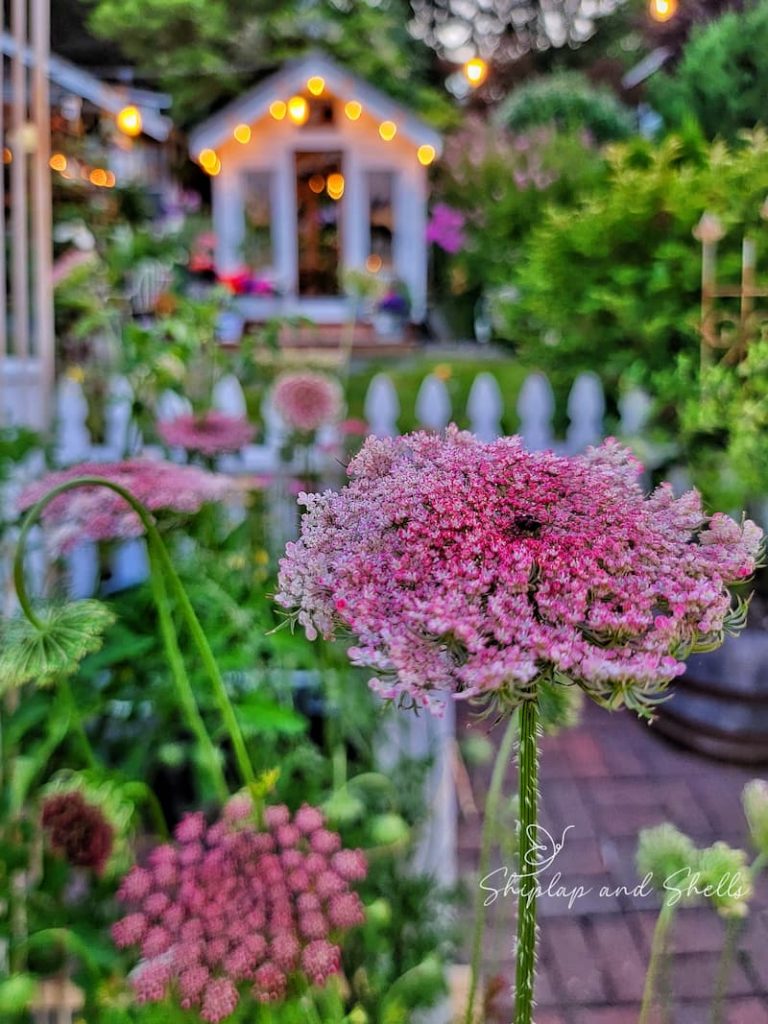
What Flowers Should Not Be Pinched?
‘Growing a Cut Flower Garden’ Series
Learn about the ins and outs of growing a cut flower garden this year. Click the button below to be taken to the entire series of blog posts and choose what is interesting to you.
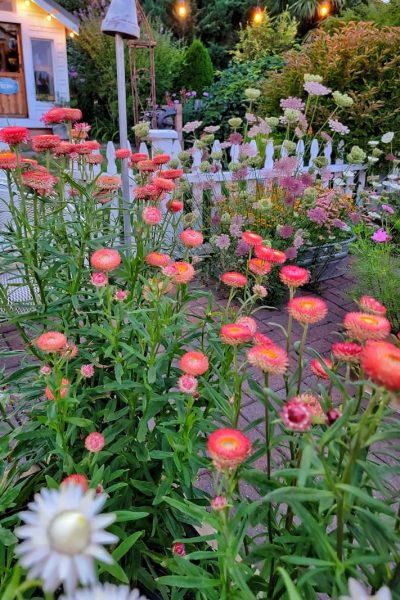
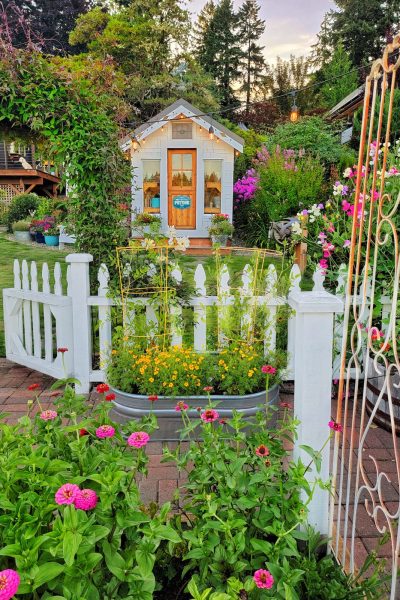
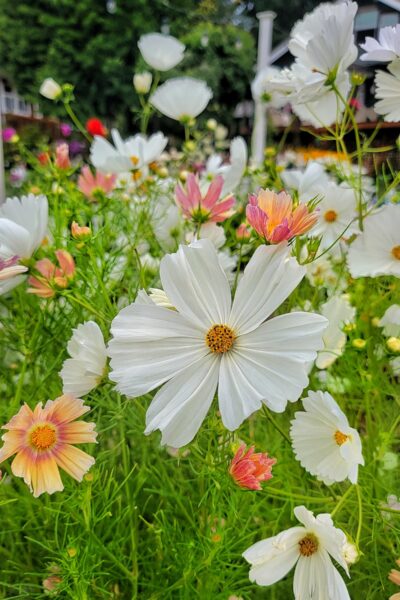
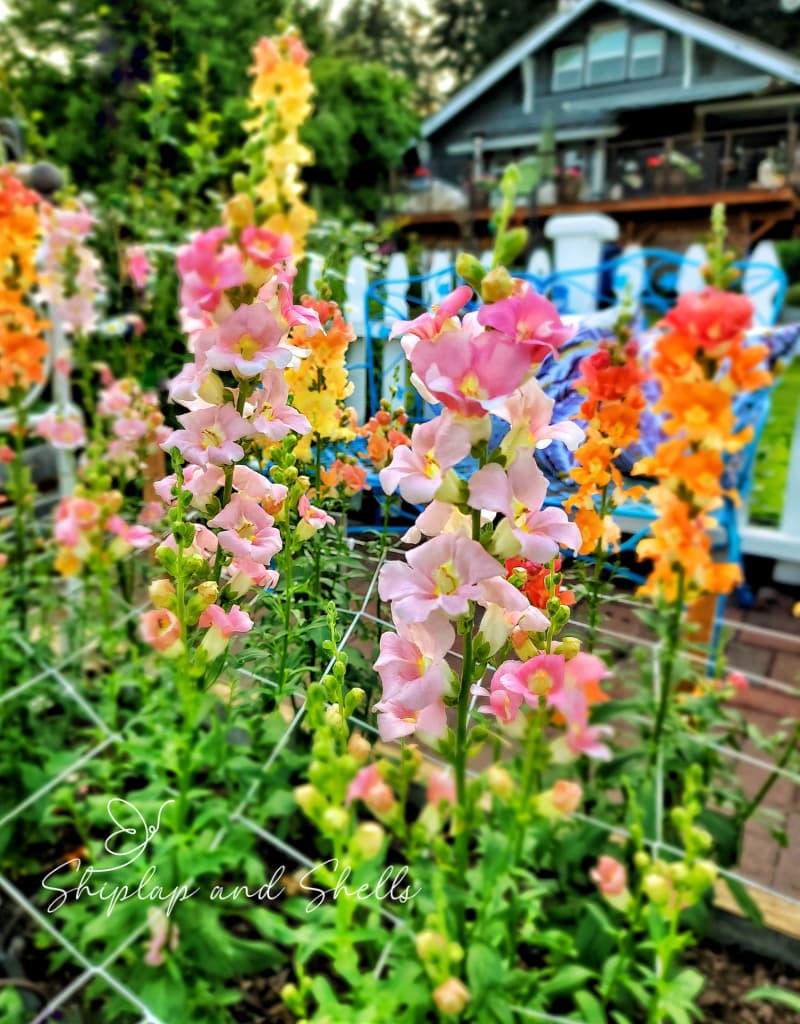
Common Questions About Pinching a Plant
Is Pinching the Same as Deadheading?
No. Although pinching and deadheading involves removing parts of the plant, the two are different gardening techniques.
While pinching cut flower plants encourages branching and bushier growth, deadheading removes spent or faded flowers from a plant to promote continuous blooms and prevent seed formation.
Should You Pinch or Cut Plants?
To remove a plant’s tips or shoots, you can use your fingers, garden snippers, or shears.
Can Pinching Hurt a Plant?
Pinching generally benefits plants but can sometimes harm them when done correctly. Here are some considerations to keep in mind to ensure pinching helps rather than hurts your plants:
When Pinching Can Hurt a Plant
Best Practices for Pinching
What if You Don’t Pinch Cut Flower Plants?
Many plants grow taller and more leggy without pinching, resulting in fewer lateral branches and a sparser, less bushy appearance. This often leads to fewer blooms, as the plants focus their energy on the main stem rather than developing multiple flowering branches.
The flowers that do form might be larger but fewer in number, and the stems may be weaker and more prone to bending or breaking, especially under the weight of large flowers or during windy conditions.
Unpinched plants may take longer to produce their first blooms, as pinching can accelerate branching and flowering. The plant’s natural shape will be less controlled, which can be a drawback for both garden design and cut flower bouquets.
Garden Supplies and Tools
Check out my favorite garden supplies and tools for the growing season. Whether you’re looking for potting soil or deer repellent, you’ll find what I use in my own garden.
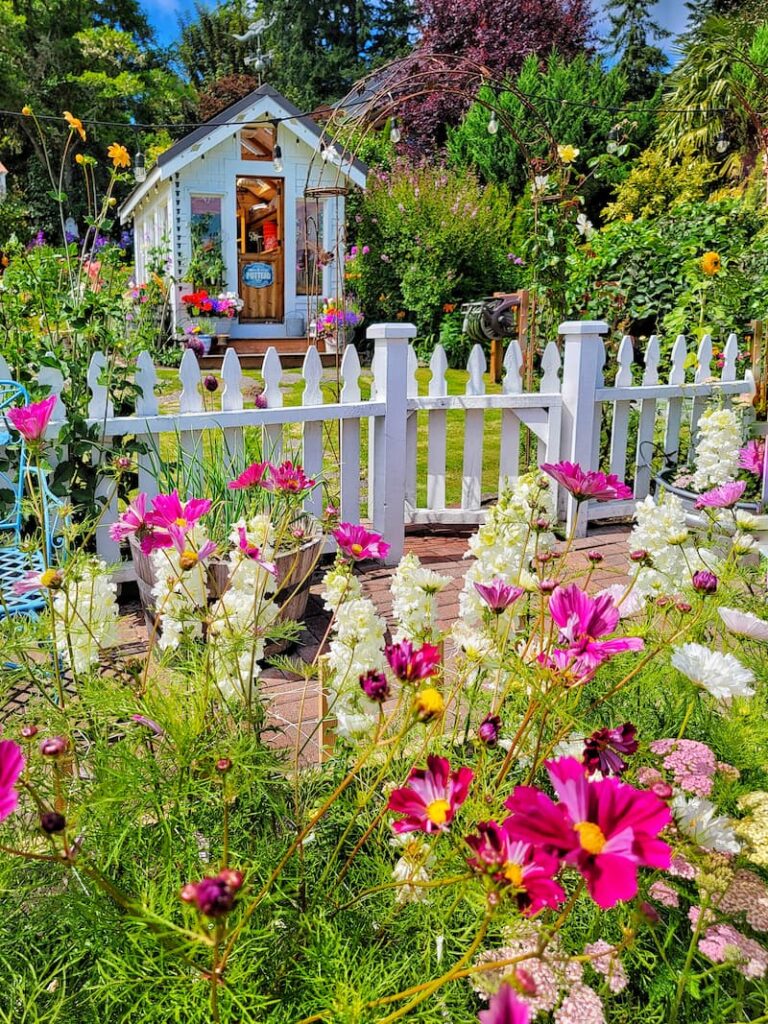
Final Thoughts for Pinching Cut Flowers
Pinching your cut flower plants is a valuable technique that can significantly enhance your garden’s growth, appearance, and productivity.
Pinching helps create fuller, more vigorous plants by encouraging bushier growth, more lateral branches, and an increased number of blooms. The benefits of stronger stems, improved air circulation, and better-shaped plants make the effort worthwhile for many gardeners.
However, it’s important to understand each plant type’s specific needs and practice pinching properly to avoid potential stress or harm. Whether you choose to pinch or not, being mindful of your plants’ growth patterns and requirements will help you achieve a beautiful and thriving garden.
If you have any questions or have a message, I’d love to hear from you. Leave a comment below. And be sure to share this blog post link with anyone who may find these gardening tips useful.
Until next time,
Happy Gardening!

I’m a self-taught hobby gardener. Everything I share on my blog is my opinion and what has worked for me.
Other Blog Posts in the Cut Flower Garden Series
Follow Me for More Inspiration
Shop my Amazon Storefront, LTK sources, and favorite home decor, garden, and lifestyle products. When you purchase from one of my links, I earn a small commission, which helps me continue sharing all the content you expect on my blog.
Be sure to follow me on Pinterest, Instagram, Facebook, TikTok and LIKEtoKNOW.it. Do you like gardening? Join my Facebook Gardening Tips & Tricks group.
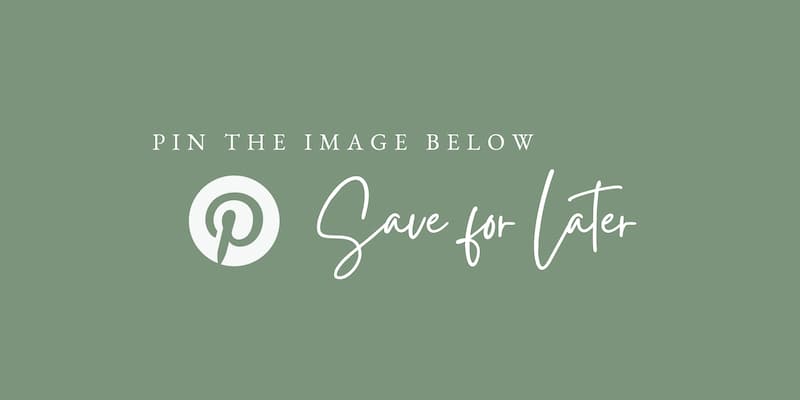

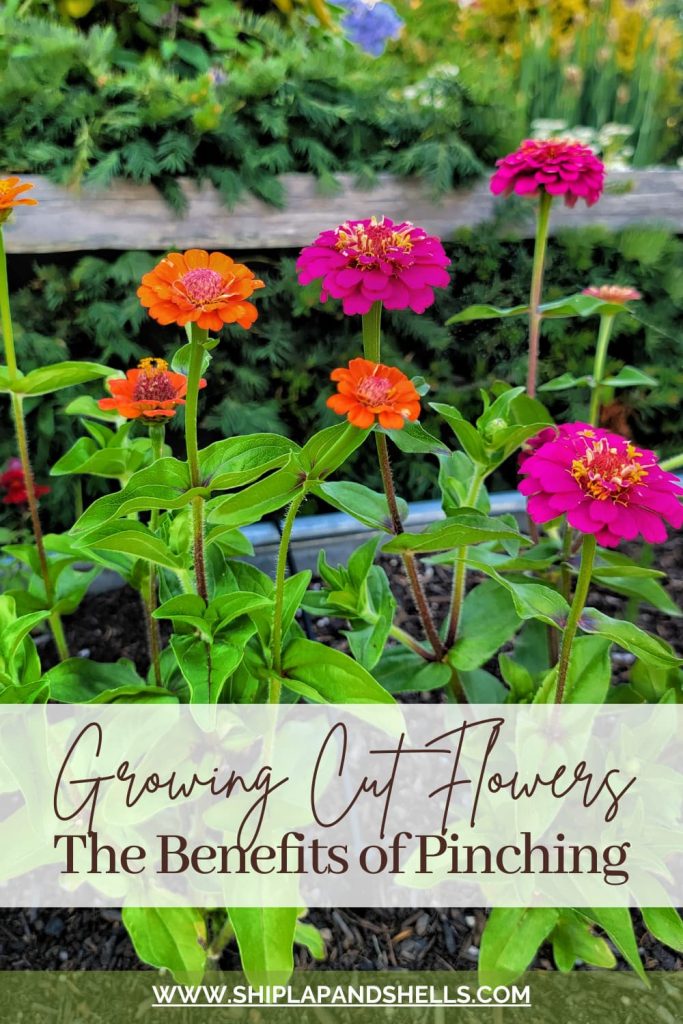


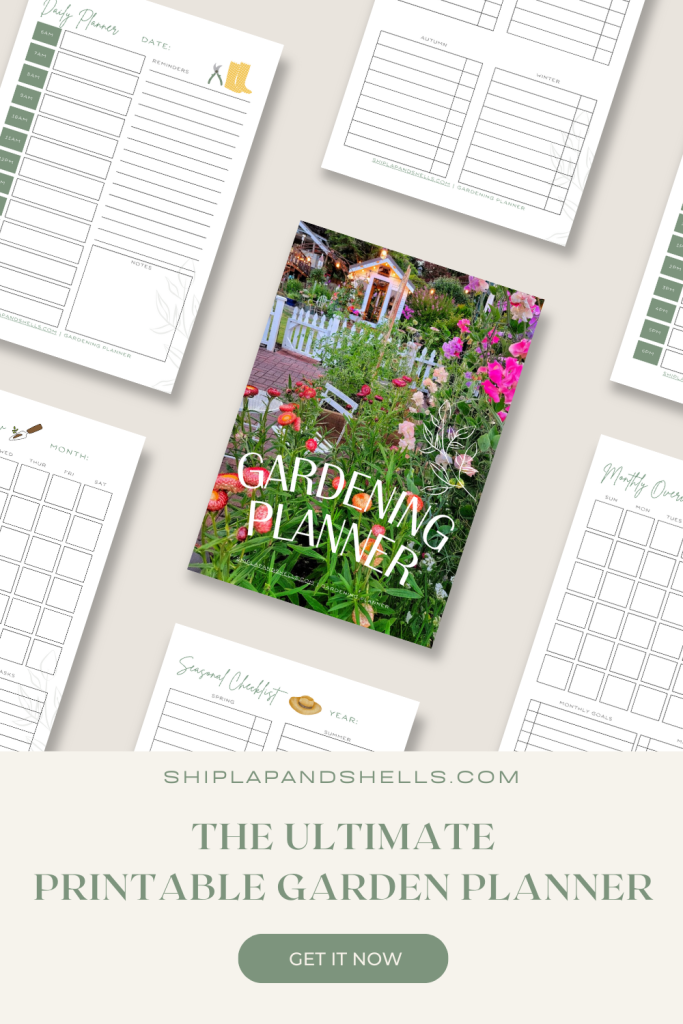
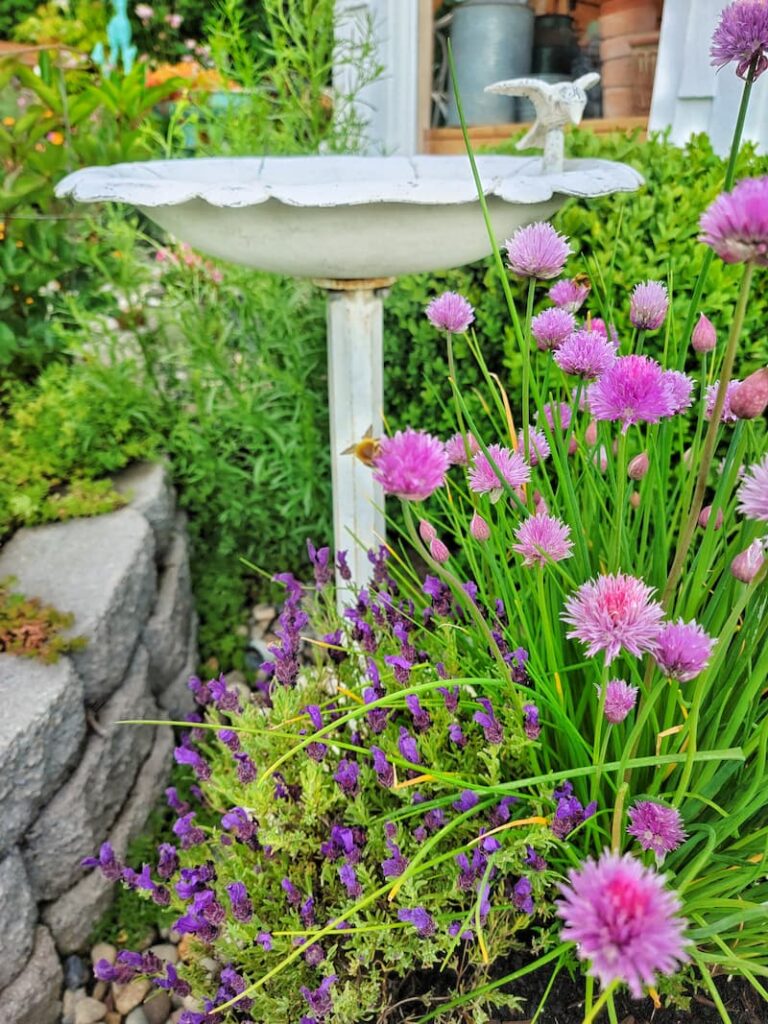
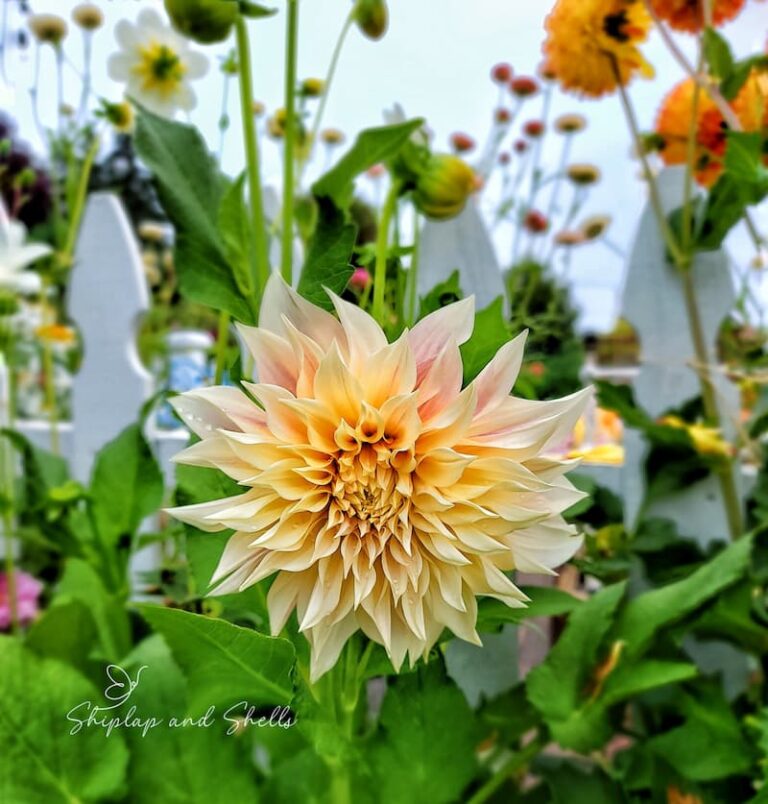
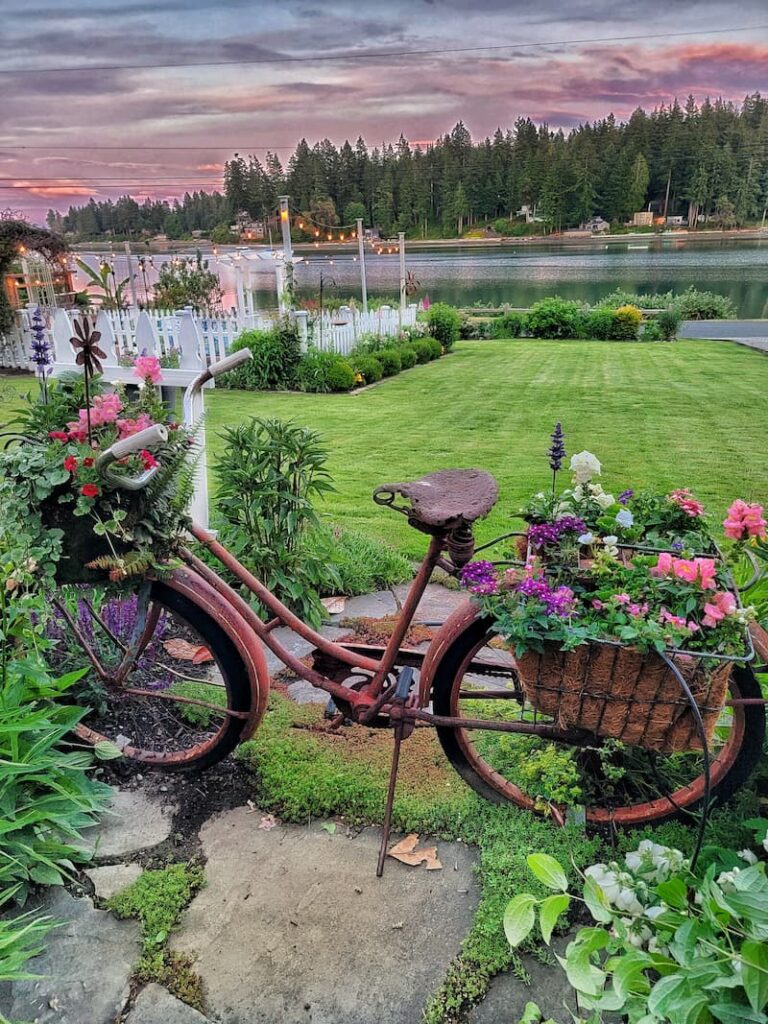
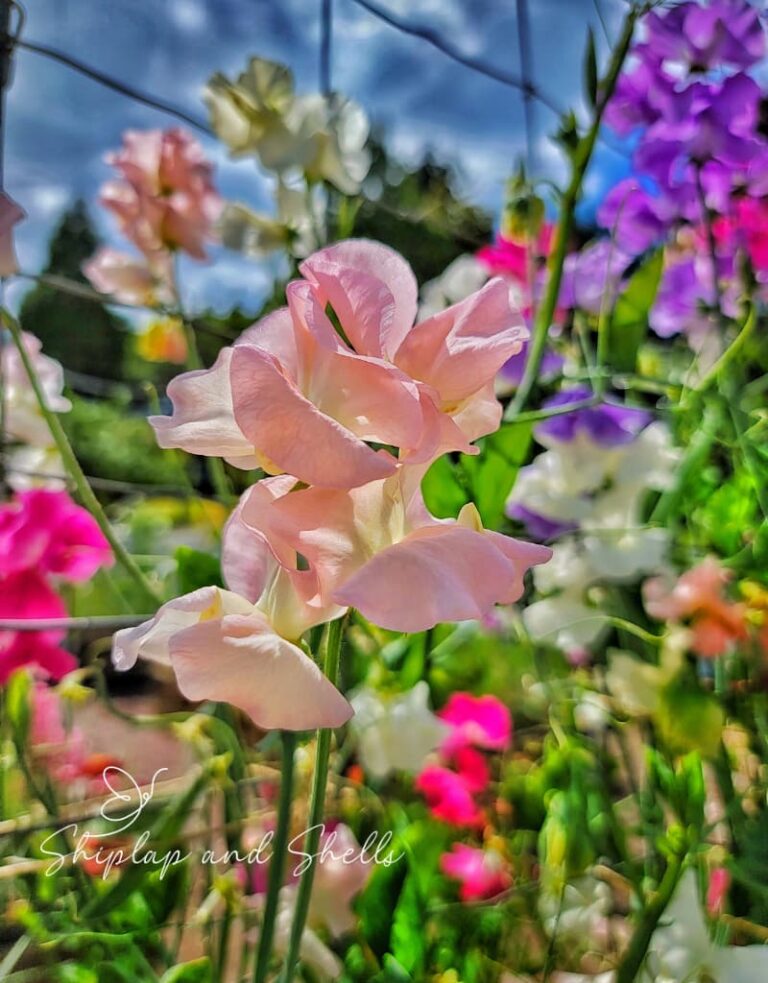
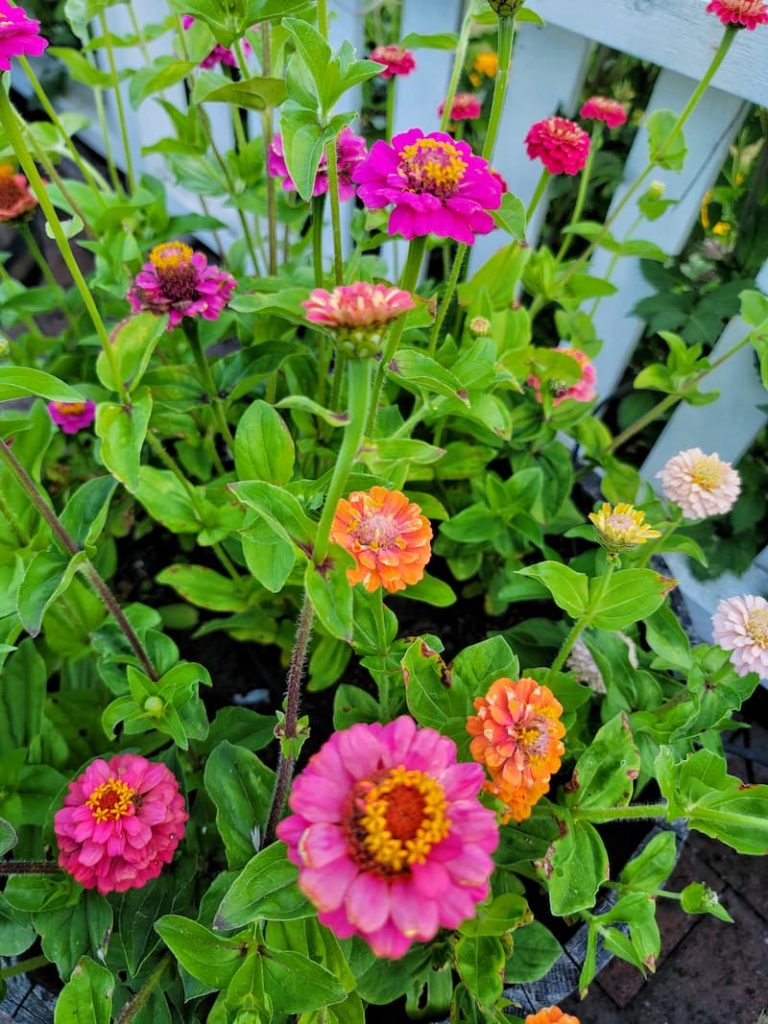

So many great tips, Kim! I’m always looking for ways to better my garden. Thanks so much for sharing!
Hi Kim! Your hydrangeas are looking beautiful as well sweet friend. Thanks for being here.
Kim, I need your help. I am growing dahlias this year for the first time. Well, seriously the first time I bought tubers and started them. Two of the dahlias are huge. I didn’t know about pinching them. I am trying to keep these giant plants from falling over. Is it possible to cut them back some now or is it too late? I only had one bloom as well. Is there anything I can do now? Thanks for taking the time to answer my question.
Kathy
Hi Kathy,
Thank you for your question.
At this point in the season it may be too late but that’s ok. You’ve learned a couple of valuable lessons to carry through to next growing season. First of all, pinching your young dahlias really are going to get your plants to fill in with side shoots vs. growing tall with few blooms. You will be amazed by how much of a difference it makes and how many flowers you will grow. As for the plants falling over, are you tying them up and staking them, or supporting them in another way? I have a post on supporting your plants to keep them from falling over. Just search for it and read more about how you can keep them from falling over. I hope that helps a bit.
OOOOH, I’ve never thought about pinching my strawflowers….totally doing this this year. Just put my seeds in yesterday.
your garden is just grand! May I ask how the white post with lights are anchored. Like that idea.
Thank you so much. We screwed the posts to the existing picket fence.